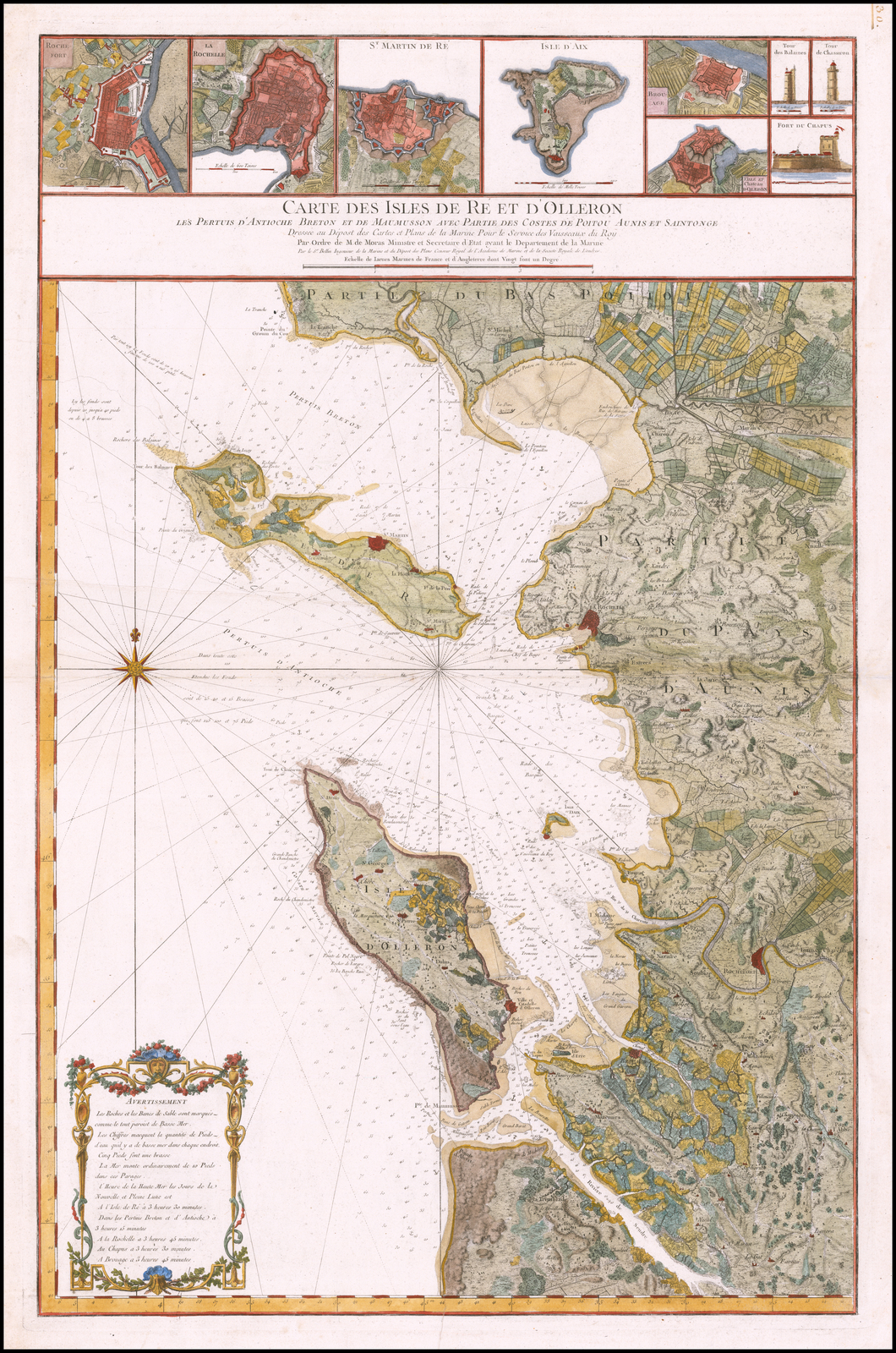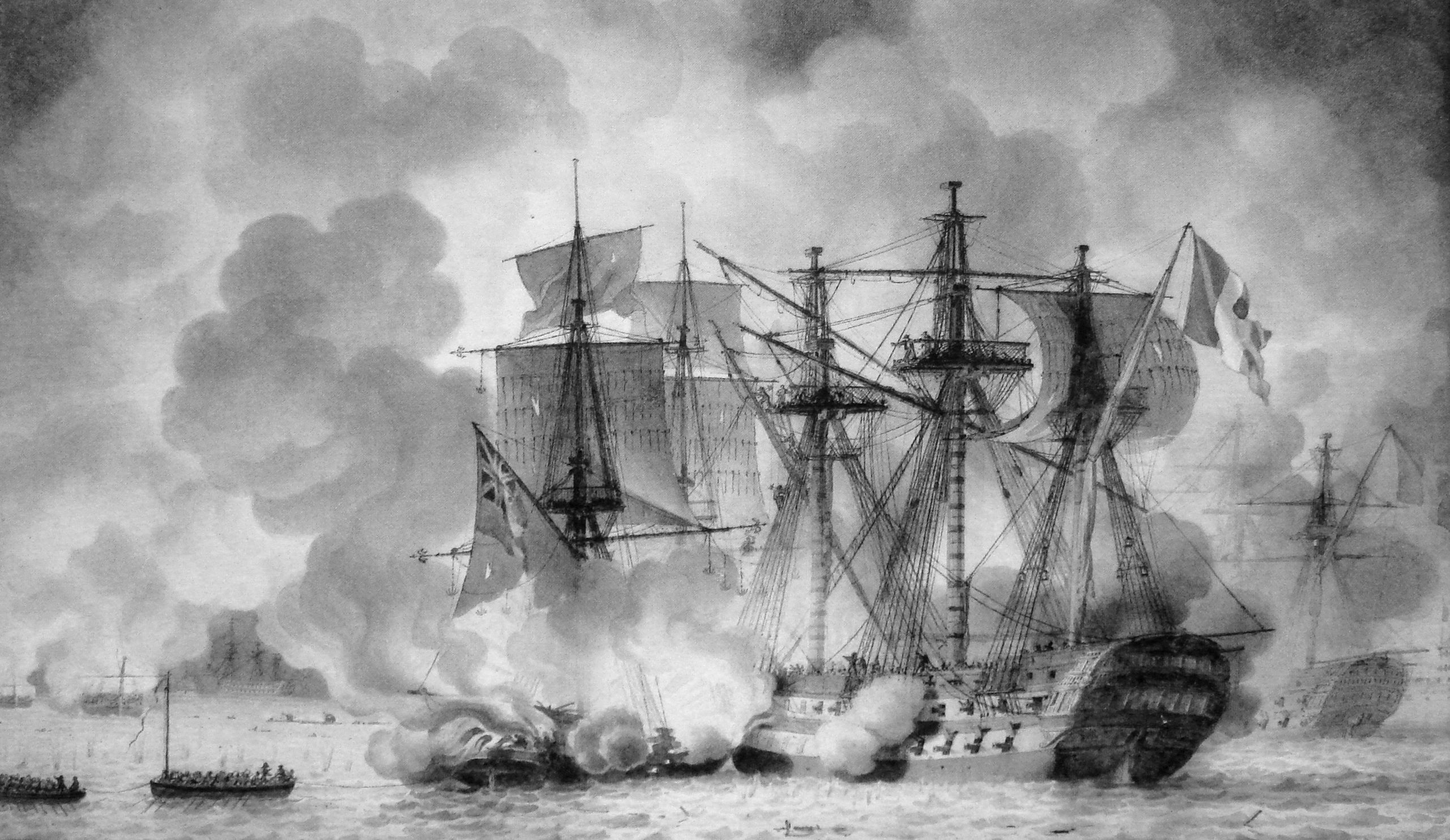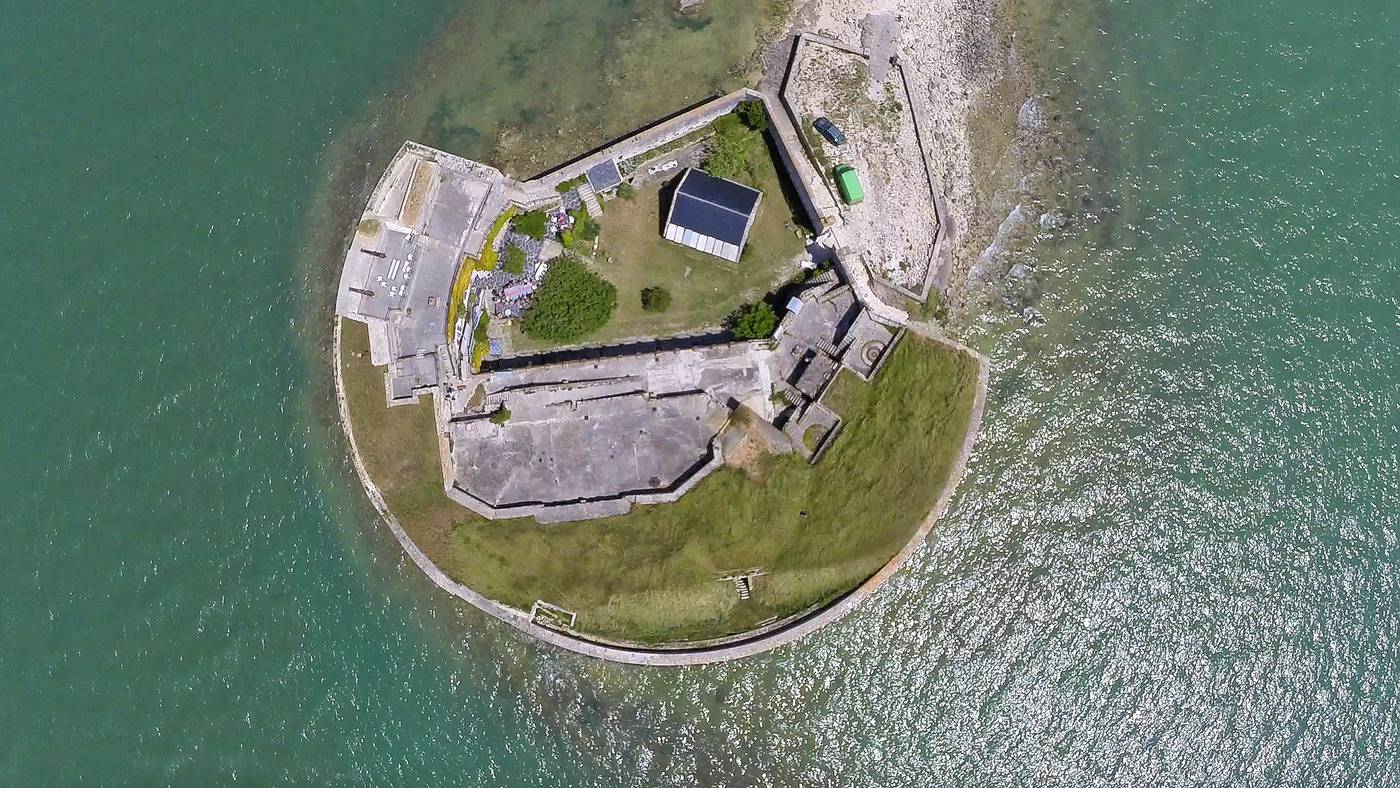Today the most famous French fort in the world brings together intrepid participants ready to brave tarantulas and enigmas to steal its treasure. However, long before distributing its wealth, the construction of the fort initiated by Napoleon cost quite a fortune to prove ... perfectly useless.
Fort Boyard, an impractical project
In 1666, Colbert convinced Louis XIV of the importance of building an arsenal in the Antioche strait, a maritime boulevard facilitating the entry of enemies onto the Charente coast. Rochefort emerges from the silts with a lot of royal liquidity so well that it is designated as the “golden city” raised in record time on the marshes. Impossible for this city to exist without its harbor. However, this roadstead located opposite the wide open Antioch strait can only count on a very modest avant-garde: the island of Aix . This tiny crescent of land three kilometers long and barely 600 meters in its greatest width is charged, almost by itself, with the guard of the whole arsenal. Its strategic importance is considerable and inversely proportional to its size!
Thus, from 1689, the island of Aix and the small Madame island at the opening of the estuary became the object of slow but absolutely necessary fortifications. Vauban fortified the village in 1669 and then at the beginning of the 18th century, the forefront Sainte Catherine, in the south of the island, was equipped with the Fort de la Rade, which did not resist an English attack in 1757. There is no doubt that the island of Aix is definitely a strategic high place and it is indeed the First Consul Napoleon Bonaparte who takes full measure of this delicate situation.
From 1801, Bonaparte noticed the weakness of the fortifications and the poverty of the defense system. If by chance the English made a breakthrough in the Antioch strait, nothing could firmly stop them. This vulnerability must be remedied as quickly as possible! The First Consul therefore instructs the General Inspector of Maritime Works Ferregeau to take up the idea already expressed in the 18th century of a fort along Boyard’s loins. The project is ambitious because this rope is a sandbank located halfway between the island of Aix and the island of Oléron. Already spotted by Dutch sailors who are wary of it, this bench known under the name of “banjaert” in Dutch and “boyar” in Anjou and Saintonge gives the construction both sorrows and its name.
The project is ambitious, probably too much for the means at the time. It is necessary to build on this bench an artificial reef on which will sit the foundations of a building, gigantic elliptical ring 80 meters long and 40 meters wide. The fort is based on a new defense system theorized by Montalembert who offers instead of a bastioned fort, a frontal opposition to the enemy who must take advantage of the firepower of the powerful guns. It was by banking on this remarkable progress in artillery that he saw how to go beyond Vauban’s defense systems.
In 1803, work began with the construction of Boyardville, on the island of Oléron. Workshops and materials were set up there. On May 11, 1804, the first block of stone was laid, then followed by those taken with explosives on the point of Coudepont on the island of Aix and then transported in boats and barges along Boyard. The work is exhausting, difficult and accidents regularly punctuate the rise of the artificial island which finally emerges above the water and whose first crown wall is visible in 1805. It won’t be visible for long. The winter storm that same year reduced him to nothing.
Courageously, workers return to the task. The means were reinforced in 1805 and finally, the platform which will support the future fort is visible at low tide. The first seat rises. Unfortunately, the storms of winter 1806-1807 once again erode all the efforts made for several years. The blocks so difficult to transport sink to the bottom of the sea, nothing remains of the first course placed on Boyard’s sandbank. This pharaonic project mobilizing very large sums of money is in the headlines: should the country persist in pursuing such a project in such difficult conditions? The works were immediately suspended and the local authorities await the visit of Napoleon I in the summer of 1807. He alone will be able to decide on the future of the fort. The emperor, convinced that this building would finally allow effective defense of the Antioch strait, ordered the work to continue… but in reduced dimensions: 68 meters in length, 21 meters in width and 20 meters in height at the ramparts. The walls should be more than two meters thick. Painfully, the construction site resumes.
Impatient, Napoleon I wanted results, and quickly. Since the garrison of the island of Aix and the mobilized workers were not enough, the emperor was determined to draw on the resources of a population that could be forced into labor, that of convicts from reformatories and a few prisoners of war. The construction workforce now stands at 27 ships, 186 crew members and at least 600 workers. Alas, the imperial will, however firm it may be, can do nothing against damage. A new foundation is put in place. It is feared that it will sink under its own weight which is greatly reduced. The joints are made with lime and the blocks are firmly anchored to each other by “strong iron spikes”. But, definitely, winters are not favorable and that of 1808 is no exception: the storm is raging, the base is sinking again while the wages of the workers are too sporadic to give them the heart to the work. Another year of laborious efforts punctuated by mutiny and the battle of the fireships will put an end to this expensive project for a few years.
The Battle of the Basque Roads, April 1809
From April 1, a frigate and an English brig – undoubtedly under the guise of English humor – interrupt the work on Boyard’s sandbank and scrupulously destroy the installations without worrying about the crossfire coming from the island of Aix and Boyardville. Ten days later, an explosion resounded in such a deafening crash that it was said to have been heard as far as Poitiers. The English threw frieships into the sea, old and unusable ships transformed into infernal machines because they were loaded with explosives of all kinds. Navigating with the currents, these time bombs are heading straight for the fleet of the admiral Allemand who has no other choice but to deal with the most urgent, striving to save his crews and ships from disastrous fires. The result is disastrous. Certainly, several sailors and ships were saved, but there was hardly anything left of the fort under construction. The project was abandoned and would not be relaunched until 1842.
The efforts to be deployed are just as colossal as at the beginning of the 19th century but no longer take into account the progress of artillery. And when Fort Boyard is finally completed, the result is a perfectly useless building that neither artillery nor strategy needs. Abandoned for years, it eventually became a military prison but closed again in 1913. It will have to wait until the end of the 20th century to become the celebrity we know today!
Fort Boyard and the Fortified Belt of the Antioch Strait
The Fort Boyard project was to reinforce a defense imagined to defend the bay of Rochefort and the access to the strait of Antioch. This fortified belt with impressive cross-fire power was to pass the envy of any enemy to venture further in his project. To do this, Napoleon I started the construction in 1808 of Fort de la Sommité on the highest point, north-east of the island of Aix. The bastion was renamed Fort Liédot in 1812 in homage to Colonel and military engineer François Joseph Didier Liédot (1773 – 1812), who died during the Russian campaign . It took 24 years for Fort Liédot to be completed, but its construction was remarkable in many ways. All in Crazannes stones, the fort is built on a bastioned square plan and equipped with a model tower n ° 1 type 1811, a standardized defense construction bringing together in a single building the gunpowder magazines, the food stores and the housing of the gunners. After some modifications, this model will become a redoubt-model n ° 1, the one and only copy built of this model. The whole could shelter a garrison of 600 men or… children. It is in fact the future that was finally reserved for this fort which became a place of detention before being transformed into a reception structure for summer camps. Some will see it as a link that we will not substantiate.
Instead of the fort destroyed by the English at Sainte Catherine Point in the 18th century, it was decided to take back what was left of the old construction and to build a fort regularly modernized throughout the 19th century.
A stone’s throw from the Ile d’Aix at the mouth of the Charente and accessible on foot from Fouras, the rock of Énet, accessible at low tide, had already shown its importance, evidenced by its fortification from the Middle Ages. After the Battle of the Basque Roads in April 1809, the construction project for Fort Énet was put back on the table. Its main interest lay in the possibility of crossing the fires of Énet with those of Coudepont on the island of Aix, more solidly protecting the access to the bay of Rochefort. Today, Fort Énet is admired less for its crossfire than for its elegant architectural simplicity, much appreciated by connoisseurs and lovers of fortified structures.
Despite all his will and the awareness he had of the weakness of the maritime defenses of this part of the Atlantic coast, Napoleon I never succeeded in setting up the fortified belt he had imagined to defend the Antioch strait. Ironically, the island of Aix was as much the core of a defense strategy against the English as the last stay of the emperor before surrendering to them. He was then preparing to join an island whose remoteness was the best bastion against any attempt at attack .
Marielle Brie de Lagerac
Marielle Brie de Lagerac est historienne de l’art pour le marché de l’art et l'auteure du blog « L'Art de l'Objet ».





